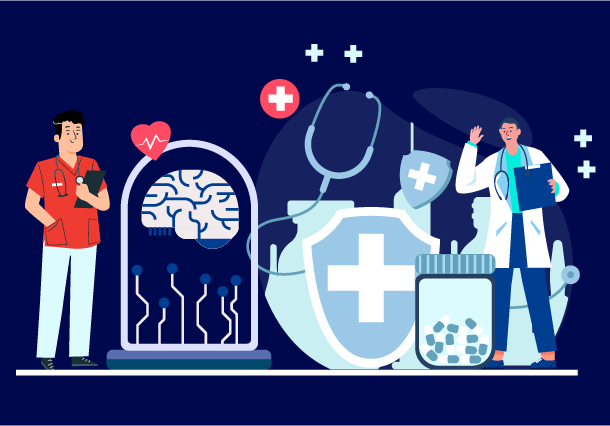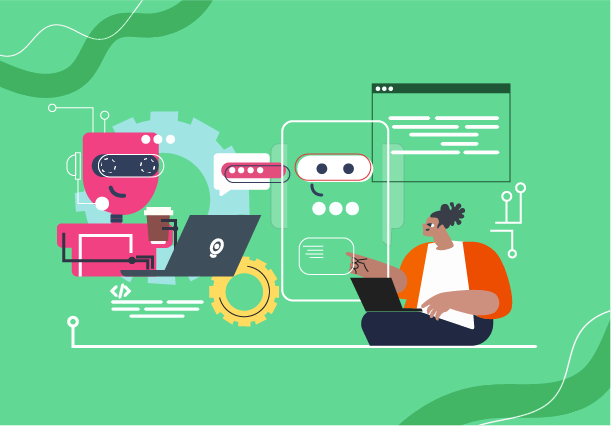Scripting about the Deep Learning in Bioinformatics
Deep learning has been in the market since the early 2000s and it has been adopted by various fields in the present generation. But were you certainly aware of the fact that deep learning has slightly moved its arm towards the biomedical world, more like in the Bioinformatics world? Yes, it is! Deep learning for bioinformatics has paved the way since it provides valuable insights from all the collected data respectively which can be beneficial to both academia and the industry.
Deep learning as we all know refers to the branch of machine learning which is based on artificial neural networks. When we talk about bioinformatics, it is nothing but a biology field that combines computer science, protein structure, and statistics to understand more about biological information like DNA sequences and medical images.
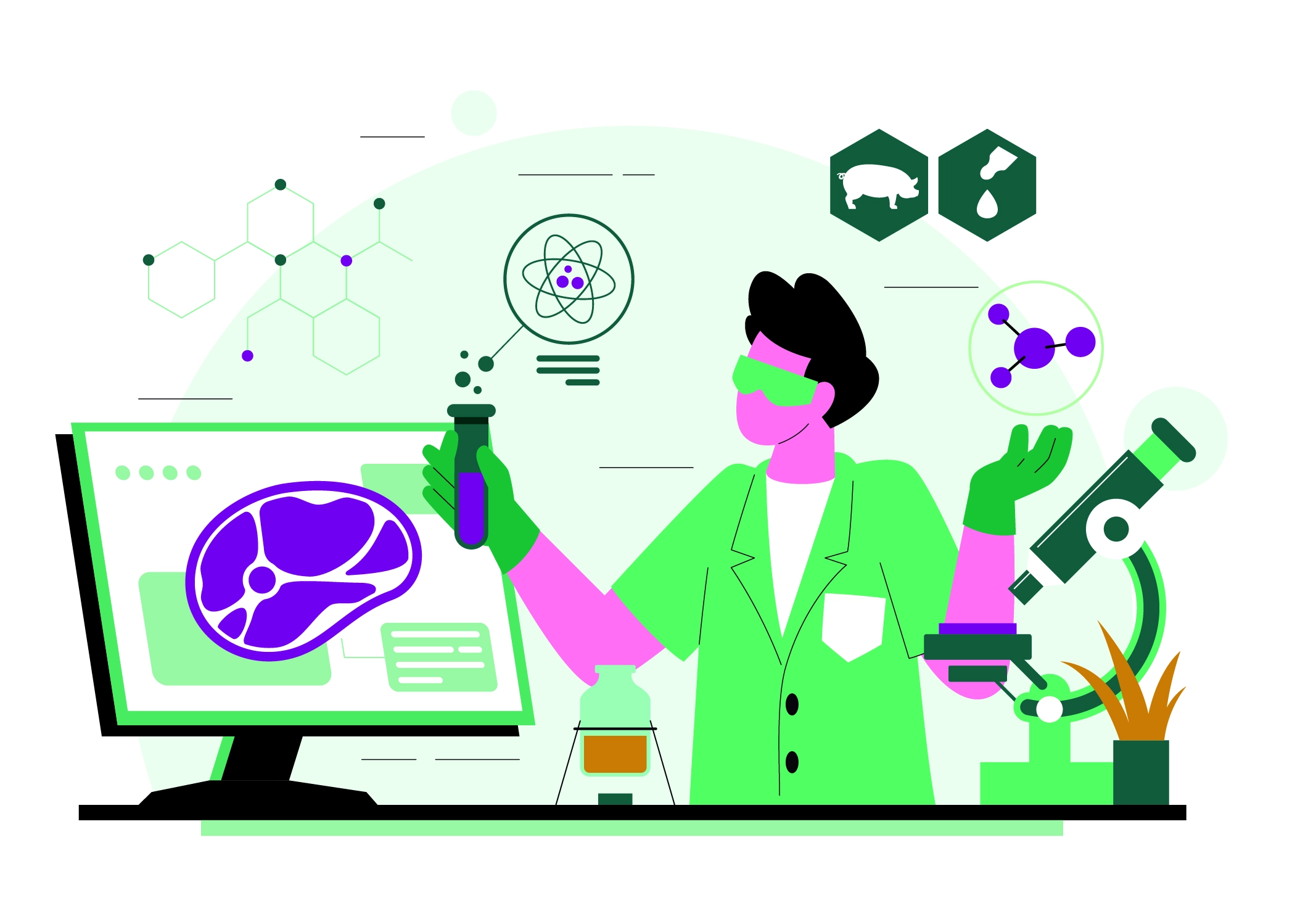
Additionally Deep learning in bioinformatics functions all over the domain like the genomics sector, proteomics area, biomedical imaging, drug discovery development, etc. In genomics, deep learning uses its algorithms to monitor genomic sequences and to predict the gene locations as well. But this is so amazing right, how deep learning can predict and analyze the genomic sequence and gene location inside our body? So, do you want to learn more about how deep learning works in the habitat of the biology field?
If yes, we welcome you here at the right place where we have added the additional information about deep learning in bioinformatics, and the application as well! Furthermore, we will see how deep learning works in bioinformatics with some advantages as well. So without any further ado let’s deep dive into this topic to understand more!
Opening the Curtains of Deep Learning for Bioinformatics
Let’s now slightly move ahead with understanding bits and tips about deep learning in bioinformatics. Deep learning for bioinformatics refers to the process of innovative application of advanced deep learning techniques to handle complex problems and extract meaningful insights from biological data. Moreover, deep learning certainly involves the development and utilization of neural network architectures that are capable of learning all the patterns and representations from the vast biological data.
Also in bioinformatics, deep learning techniques offer a plethora of advantages. To begin with, deep learning in bioinformatics is expert in handling large volumes of certain types of all the biological data, which are often huge dimensional. Besides, deep learning models can effectively process and monitor the diverse data sets that enable researchers to extract valuable insights from genomic sequences, and biomedical images.
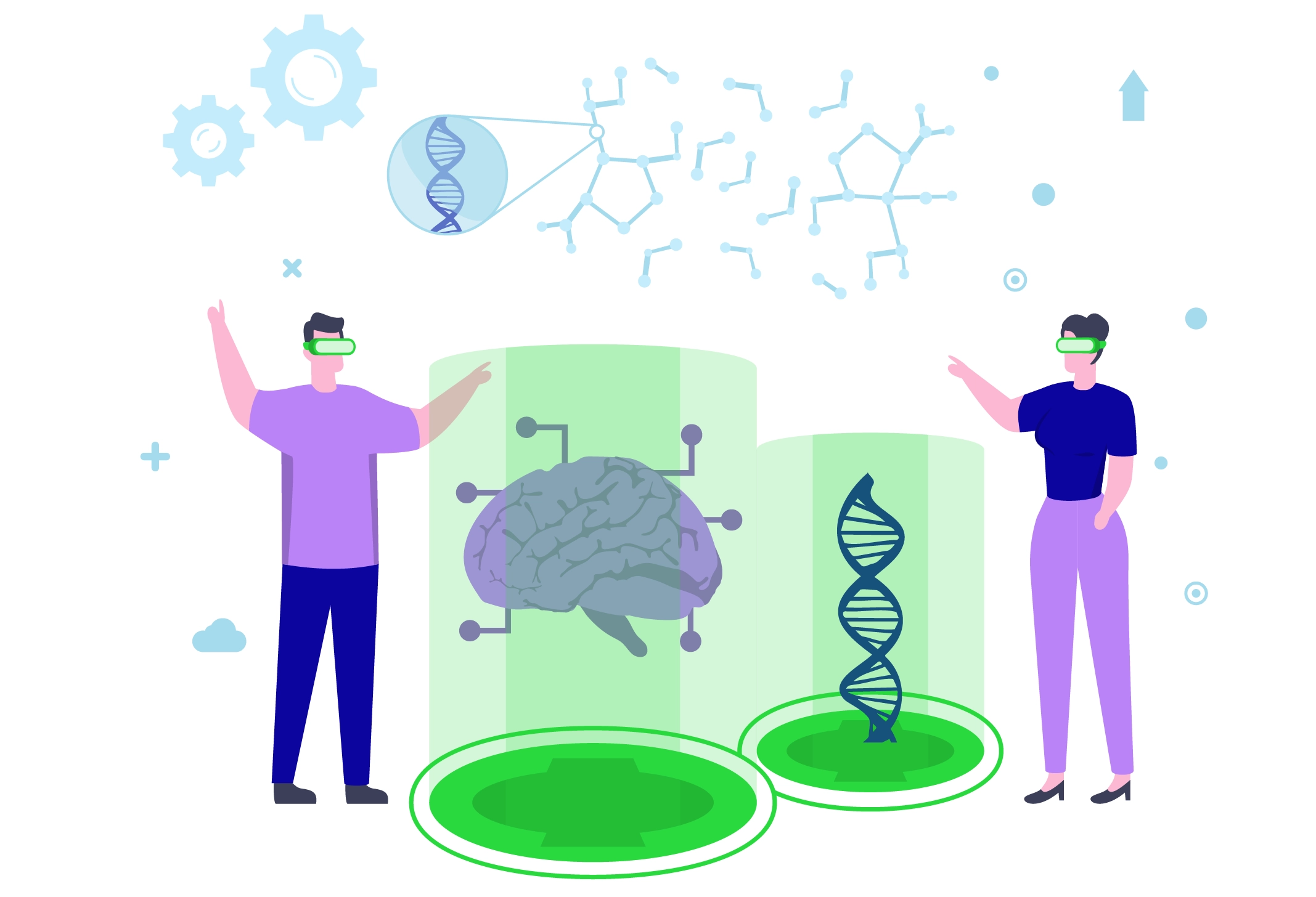
Moreover, Deep learning in bioinformatics also provides a predictive modeling and segmentation task in bioinformatics with accuracy and reliability. Not only this, but deep learning models can also predict various types of biological outcomes like gene expression level, protein structure, and disease diagnoses. This further helps in personalizing all the certain types of medicines accordingly to craft the treatments and the interventions based on individual patient characteristics.
Additionally, deep learning also facilitates the implementation of data from various multiple omics layers like genomics, metabolomics, and proteomics. By blending all these diverse biological datasets, researchers can gain a proper understanding of all the complex biological systems and diseases that entirely lead to more insightful discoveries.
A Comprehension of Deep Learning Application in Bioinformatics
When it comes to application, deep learning possesses a wide range of applications in bioinformatics that offer innovative technology with solutions to various other challenges in the analysis of any biological data. To begin with, deep learning can predict the gene location, which was stated above and it also identifies the coding and non-coding regions in the genomic sequences.
Moreover, deep learning can also identify the SNPs which are single nucleotide polymorphisms from all the genomic data. Besides, Deep learning in bioinformatics can also predict the secondary structure of the proteins, which majorly includes alpha helices, beta sheets, and coil regions from the amino acid sequences. One more interesting application is that deep learning can also predict protein-protein interaction which entirely offers the study of complex biological networks and pathways.
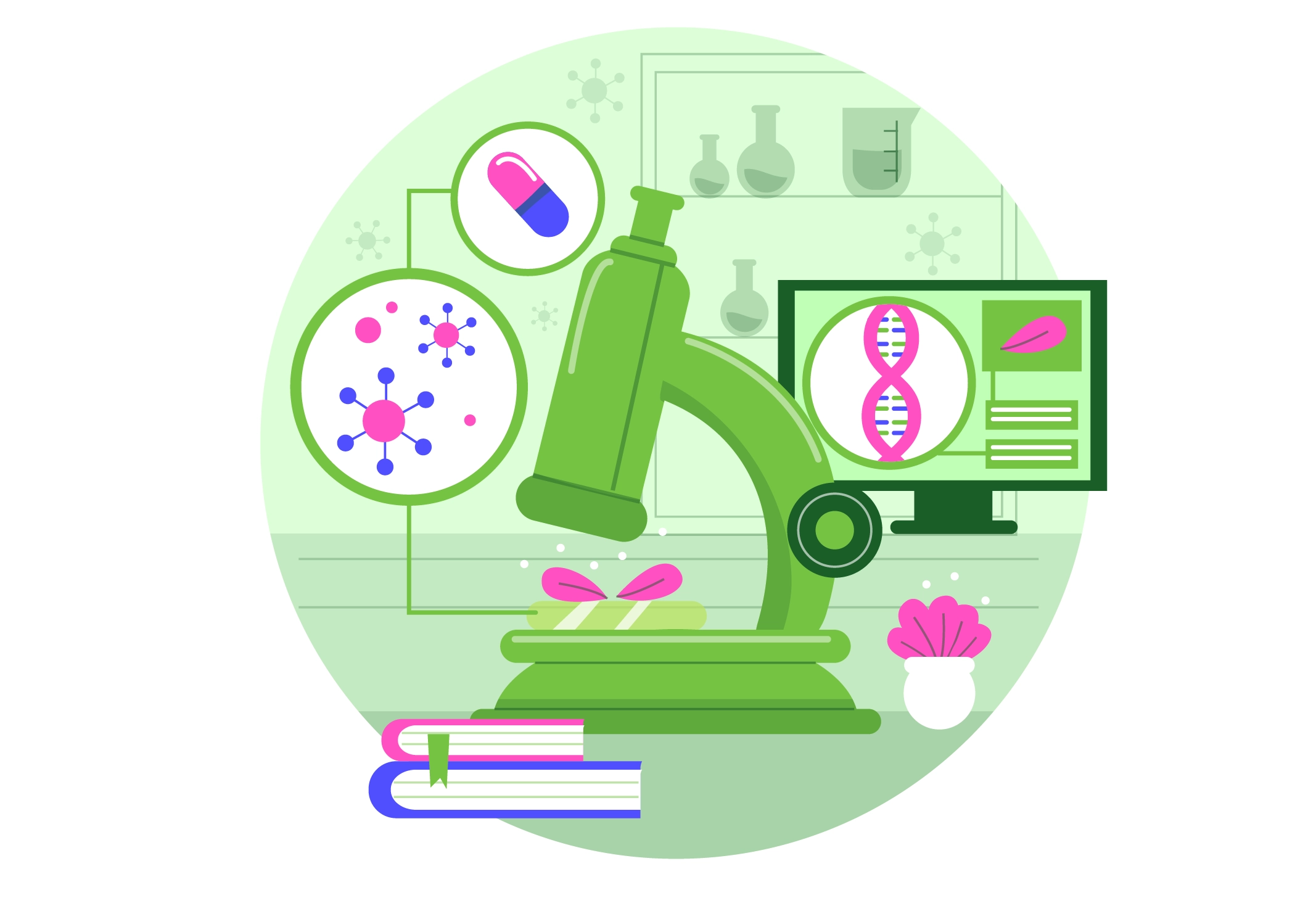
Another aided application is that deep learning models can also classify medical images like MRI scans, X-rays, etc, for diagnosis of disease. Deep learning for bioinformatics can also detect and segment anatomical structures in any biomedical images that help radiologists and pathologists in image interpretation. Also with the help of deep learning algorithms, it can analyze cellular images from microscopy data, which enables the study of cellular morphology, and functions. Moreover, with the help of these deep learning models, the binding affinity of small molecules to target proteins can be easily detected or predicted facilitating the entire screening and lead optimization in the discovery of drugs.
The Molecular Role of Deep Learning in Bioinformatics
Deep learning works accordingly in bioinformatics by implementing the neural network to analyze all the interpreted biological data. In data preprocessing, before applying deep learning algorithms, certain types of biological data undergo preprocessing to make sure that it is in the correct format. Consider an example here, genomic sequence may be encoded as a numerical representation using various techniques like one-hot encoding, while on the other hand, biomedical images may be normalized and resized for consistency.
Moreover, depending on a specific task and type of data, the selection of a deep learning model is very crucial in this process. Several architectures like convolution neural networks (CNNs) for image data. recurrent neural networks (RNNs) for extracting sequential data like genomic sequences to gain invaluable insights.
Also, the reason why deep learning is favorable is that deep learning for bioinformatics models can automatically learn all the hierarchical representations of the input data to extract all the meaningful features at different levels of abstraction. Taking an instance here, in an image analysis task, the lower layers of a CNN may learn basic features like edges and textures, while on the other hand, the higher layers learn more complex patterns that are relevant to the task like specific shapes or structures.
Besides, there is a training phase, where the deep learning models are labeled either with supervised learning or unsupervised learning. Additionally, during the training phase, these deep learning models learn to extract all the relevant patterns and features to adjust their internal parameters. Once this phase is done, the performance of the deep learning model is then evaluated using validation data to assess its accuracy, precision, and other relevant metrics. Once this phase, validating, and training period are done, the deep model is further deployed for inference on unseen data. It can make all the predictions, and classification from all new biological samples to provide valuable information for various bioinformatics.
Dripping the Advantages of Deep Learning in Bioinformatics
To begin with the benefits of deep learning for bioinformatics, it offers a plethora of advantages, the first and foremost is that deep learning techniques scale at highly accurate predictive modeling in bioinformatics. These deep learning models are trained on large-scale datasets that can predict various biological properties and outcomes like gene expression levels, protein structure, and diagnoses of any disease at the accurate level.
Also, deep learning in bioinformatics can handle all types of large and complex biological datasets that include genomic sequences, biomedical images, etc. Furthermore, by implementing deep learning in bioinformatics it advanced neural network architectures, and also deep learning models can proactively process and analyze all the diverse data types to extract meaningful insights. Besides, deep learning enables the integration of data from all the multiple omics layers like genomics, proteomics, and metabolomics.
By blending all of these heterogeneous biological datasets, most researchers can excessively gain an understanding of complex biological systems and diseases. Deep learning models automatically learn all the hierarchical representations of every input data, capturing the intricate patterns and features that are vital for understanding all biological phenomena. Besides, deep learning contributes to personalized medicines by monitoring or analyzing individual patient data to tailor treatments and interventions based on genetic molecular and clinical factors. Deep learning in bioinformatics also offers automation of labor-intensive tasks in bioinformatics like image analysis, sequence alignment, and data integration.
Closing the Pack of Thoughts about Deep Learning in Bioinformatics with Pattem Digital
Now let’s pack all the thoughts together as we see, Deep learning and bioinformatics are two different peas in pods. Deep learning plays a vital role in extracting valuable insights from all the complex biological data. Additionally by utilizing the potential power of neural network architecture, deep learning techniques offer an accurate efficiency in handling all the diverse datasets, ranging from genomic sequences to biomedical images.
Through predictive modeling, segmentation tasks, and automated feature extraction, deep learning facilitates the identification of gene locations, protein structures, disease diagnoses, and much more. Moreover, deep learning in bioinformatics has the capacity for personalized medicine and automation of labor-intensive tasks underscores its transformative potential in advancing both research and clinical applications within the field of bioinformatics.
Pattem Digital is a leading Deep learning consulting company that uses deep learning to drive innovation. By utilizing deep learning algorithms and expertise, Pattem Digital empowers businesses in the healthcare sector to optimize processes, enhance decision-making, and deliver impactful solutions. Whether it’s streamlining medical image analysis, predicting drug-protein interactions, or revolutionizing patient care through personalized treatment strategies, Pattem Digital’s commitment to excellence combines the fusion of deep learning and bioinformatics to catalyze meaningful change in the industry.




